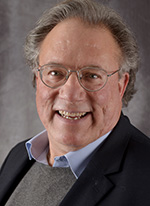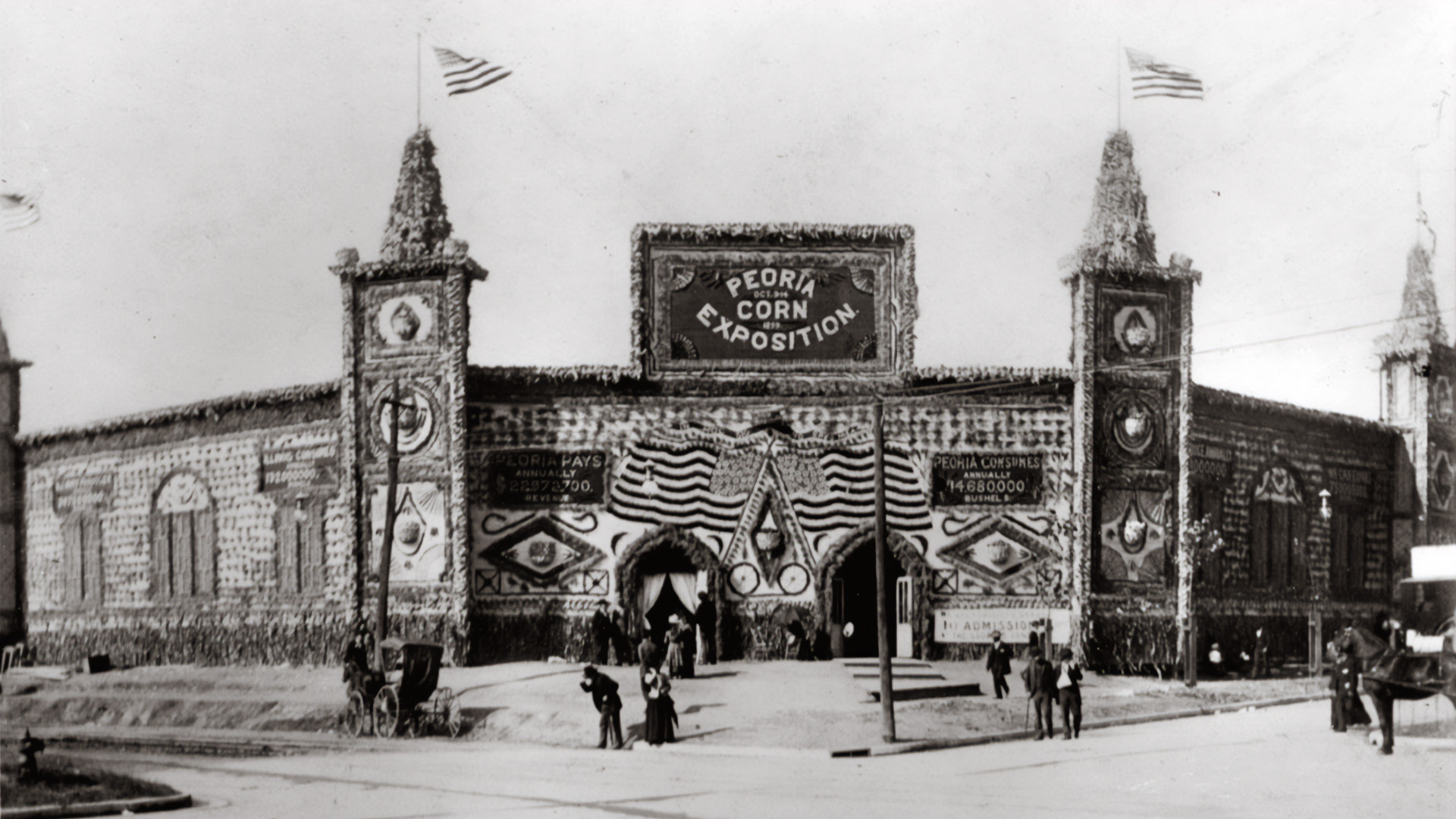Once upon a time, it was said that the city’s annual Corn Exposition rivaled New Orleans’ Mardi Gras
Once upon a time in Peoria, corn was king. It even had a palace.
For six years around the turn of the 20th century, the kingdom — er, city — of Peoria hosted the Peoria Corn Exposition. The centerpiece of the weeklong festival was the Corn Palace, an auditorium festooned inside and out with corn husks that doubled as advertising and braggadocio.
But the post-harvest event was not all business. The outside festivities featured a weirdly dizzying mix of charming fair and chaotic bacchanal, prompting wide-eyed visitors to describe it — good or bad or both — as nothing less than a rival to New Orleans’ Mardi Gras.
The Peoria Corn Exposition would run in late summer or early fall from 1898 to 1903. The headquarters was on Globe Street between Main Street and Hamilton Boulevard. There, in 1894, several churches had built a wooden, octagonal auditorium dubbed The Tabernacle, intended as a host for religious revivals. Soon, though, it became a 7,000-seat site for political rallies, operas and rodeos — plus, in one brief and failed experiment, an ice rink.
The first Corn Expo started a tradition of covering the exterior with corn décor. One mosaic spelled out American bragging rights regarding corn crops: “The world produces 2,800,000,000 bushels. The U.S. produces 2,152,000,000.”
Inside, corn growers and enthusiasts — drawn largely by central Illinois’ reputation for above-average crop yields — could examine displays of implements or listen to lectures on cultivation. Meantime, advice and breakthroughs were reported in dispatches from newspaper scribes who had come from as far away as New York City.
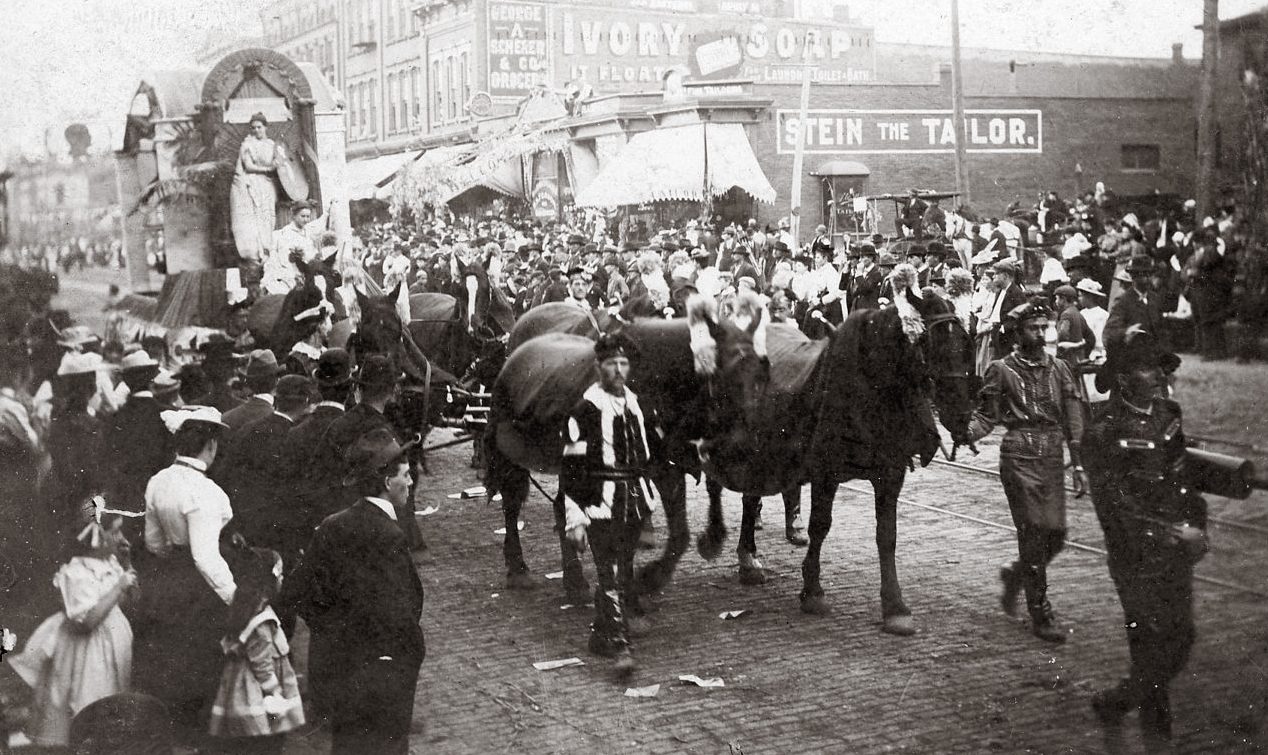
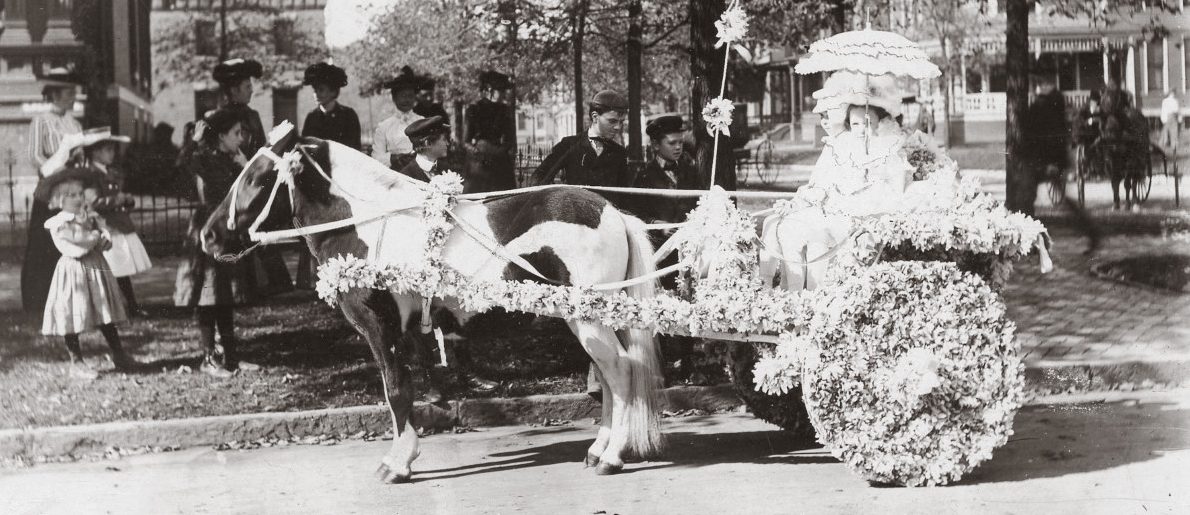
But outside the palace, visitors — young and old, local and beyond — could traipse block after block to take in varied entertainment. Amid a backdrop of storefronts brimming with corn décor, family-friendly events included bicycle races and corn-husking matches, plus fireworks displays at night and the flower parade on the final day.
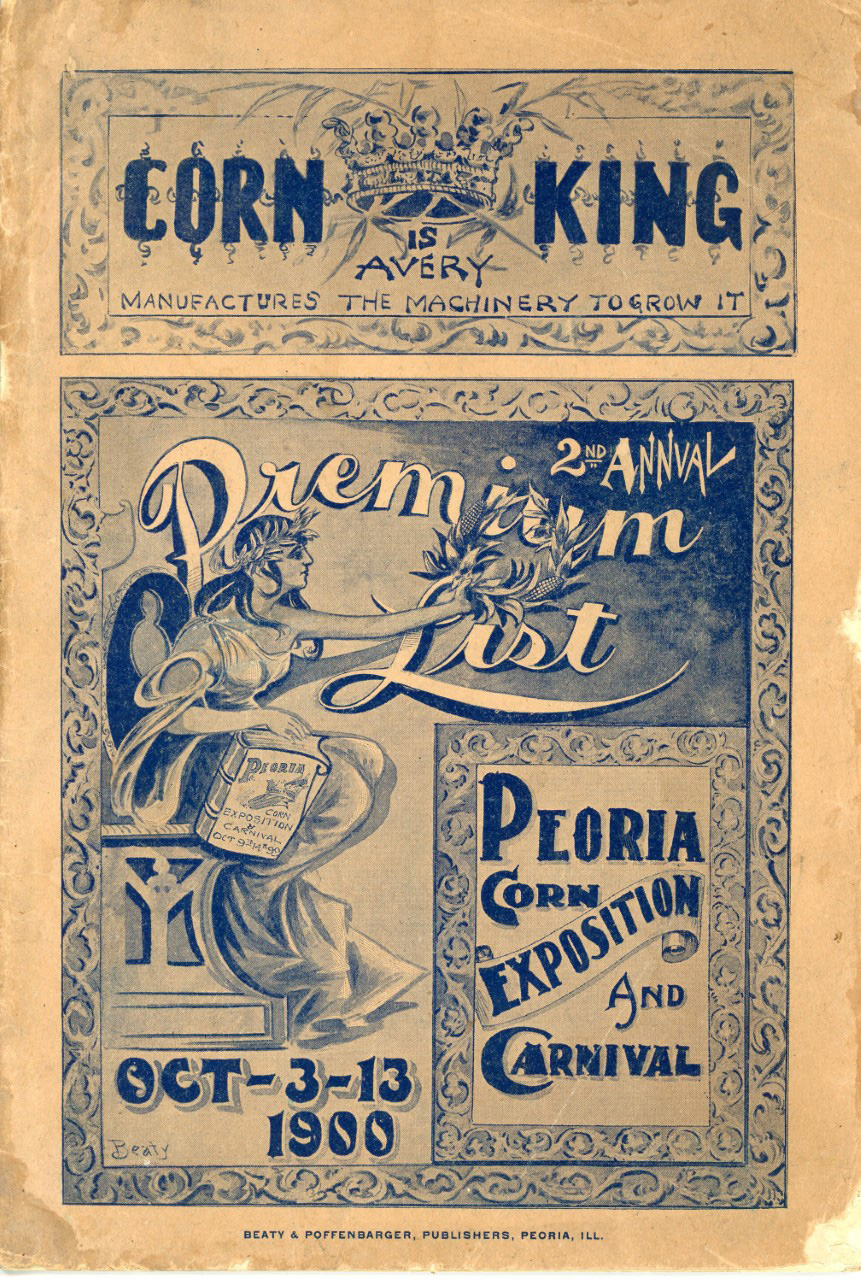
At least nine different downtown corners boasted street fairs with music, jugglers, aerialists and acrobats — along with some attractions of dubious repute. Snake-oil salesmen offered their wares from wagons, while slicks in suits challenged menfolk to try games of chance.
“There were many gents in town with big hats and frontier whiskers who knew little of corn outside the bottle, but were crackerjacks at manipulating the twin shells and other inside games,” a Peoria newspaper would later recall.
Meantime, barkers hawked sideshow performers. La Belle Fatima promised two dances within the privacy of her tent. Muddy Maude — “She eats mud!” cried the touts — could be seen in action for a dime. The Wild Man grunted and heaved manically, so alarmingly to passersby as to prompt an interrogation by police, who found him to be a mild-mannered fellow with tremendous acting ability.
That first Expo proved to be a rousing success, clearing $5,000 — greater than the Illinois State Fair and more than $150,000 in today’s dollars. Keep in mind, this was at a time when a workman’s average pay was less than 14 cents an hour.
After that, each year’s fair sought greater achievements and attendance. For instance, in 1900, the Corn Carnival Choir advertised far and wide to draw more and finer singers. The performance would be no cornpone Hee Haw-like hootenanny but a serious and rousing concert boasting the highbrow works of Handel, Beethoven and Mendelssohn. Indeed, as a flier exclaimed, “The management of the carnival designs to make this the grandest event in the history of central Illinois.”
Just Illinois? The next year, a news report promised of the next Expo, “It shall exceed in brilliancy, variety and in the quality of exhibits any corn show in the world’s history.”
Still, somehow, the crowds got bored and smaller. Meanwhile, civic leaders decided the 1903 Expo would be the last, as feeble joints and a leaky roof had turned the palace into a dump and a danger. But before it could be torn down, a fire reduced the showplace to rubble.
And a memory.
